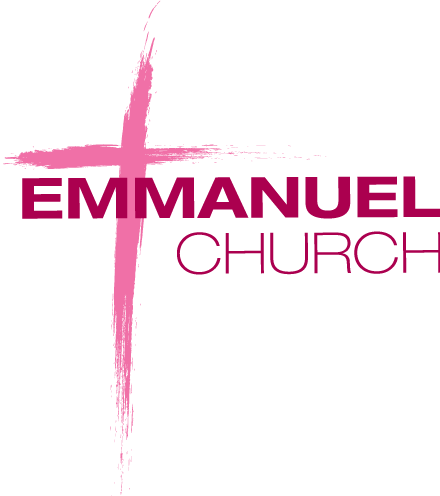On the road to Emmaus – Luke 24: 13-35.
One of my favourite stories following the resurrection of Jesus is the encounter of the resurrected Jesus with the two disciples on the road to Emmaus. This story only appears in Luke although there is a brief mention at the end of Mark’s gospel but there is some doubt about the authenticity of that account.
Here we have the story of two disciples returning to Emmaus, probably a small village about 7 miles from Jerusalem. It was later the same day following the resurrection and the two disciples were discussing all that had happened concerning the events of the crucifixion and telling the story of the women who had discovered that the body of Jesus was missing and that the women had seen visions of angels.
I say discussing, but some accounts say they were disputing or maybe even arguing about what had happened. But who were these two disciples? We know that one was named Cleopas but the other is not named. However, we read in John’s gospel that amongst the women standing at the cross as Jesus died was Mary, the wife of Clopas? Although the name is slightly different is it possible that the second disciple on the road to Emmaus was in fact Cleopas’ wife, the same Mary? It is only conjecture of course!
Suddenly Jesus appears alongside them, they did not recognise him as he asked them what they were talking about. They were shocked that he appeared to have no understanding of all that had happened in Jerusalem and were at pains to explain it all to him.
Jesus chastised them exclaiming “How foolish you are” and went on to explain in great detail how Moses and the Prophets had spoken and how the Messiah would have to suffer before he entered his glory and explaining all that was written in the Hebrew scriptures concerning himself. Uncannily, they still did not recognise him.
As they approached the village where they were staying Jesus made to carry on but the two disciples urged him to stay with them as the day was nearly over. As they sat at table preparing for their evening meal, Jesus took bread, gave thanks, broke it and began to give it to them and it is in this action that things began to change.
Firstly, it was unusual in Jewish custom for a visitor to take the lead in breaking bread, that was normally the custom of the host or head of house. Secondly, the way Jesus broke bread, it was then that their eyes were opened, they recognised him and he promptly disappeared from sight!
The two disciples then asked each other “did not our hearts burn within us when he talked with us and opened the scriptures to us.’ This was enough, they were convinced and they hot tailed it back to Jerusalem to report to the disciples.
We must ask the question how was the identity of Jesus revealed to them? Was it that they saw the nail marks in his hand as he broke bread or was it in the actual breaking of the bread and the way he did it ‘he took, gave thanks, broke and gave’ has long been the tradition in presenting the Eucharist. Or it may have been a combination of the two.
Undoubtedly, we must take very seriously the view that the way Jesus broke bread was hugely symbolic as indeed it points forward to the Eucharistic meal where in faith we meet with Jesus and we should always approach the table in faith and expectation that Jesus will reveal himself to us as he did indeed all those years ago to the disciples in Emmaus.
If the Eucharist is an outward sign of an inward grace we should expect to receive from Christ, to know his working in our lives and in the lives of others. It should indeed be a time of grace, love, remembrance and thanksgiving and also a time looking forward to Jesus’ return, something perhaps we do not consider overmuch in modern times.
The biblical accounts of Jesus’ resurrection appearance do differ slightly but we should not let this bother us as they were written by different people, much in the same way as today if we were writing a report on something, we would all write it differently. However, what emerges is not any differences but in fact a remarkable consistency, that Jesus could now reveal himself and disappear at will, he only showed himself to his followers and to some he allowed himself to be touched and to others not so.
We also need to remember that on that first Easter Sunday those first disciples were broken men and women, when Jesus died they had as a group had their hearts wrenched out, they were terribly afraid and without hope.
Yet, within twelve hours everything is changed, not only is the tomb empty but Jesus has himself has been seen on at least five different occasions by more than sixteen of his followers. In fact Paul tells us in 1 Corinthians that he was seen by more than 500 of his followers!
But the greatest proof of the resurrection is the change in those disciples and what happened at Pentecost! But as they say ‘that is a story for another day’.



